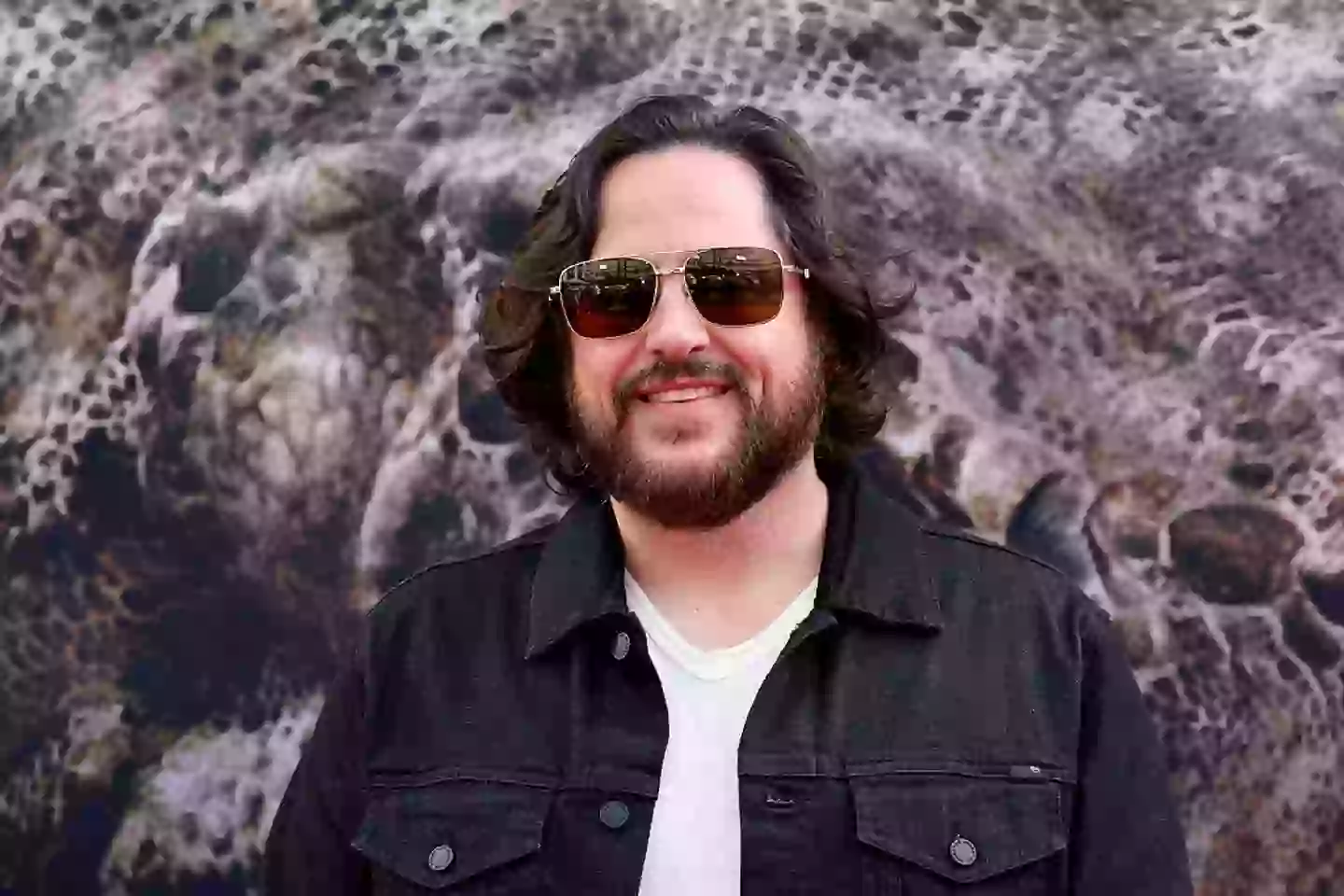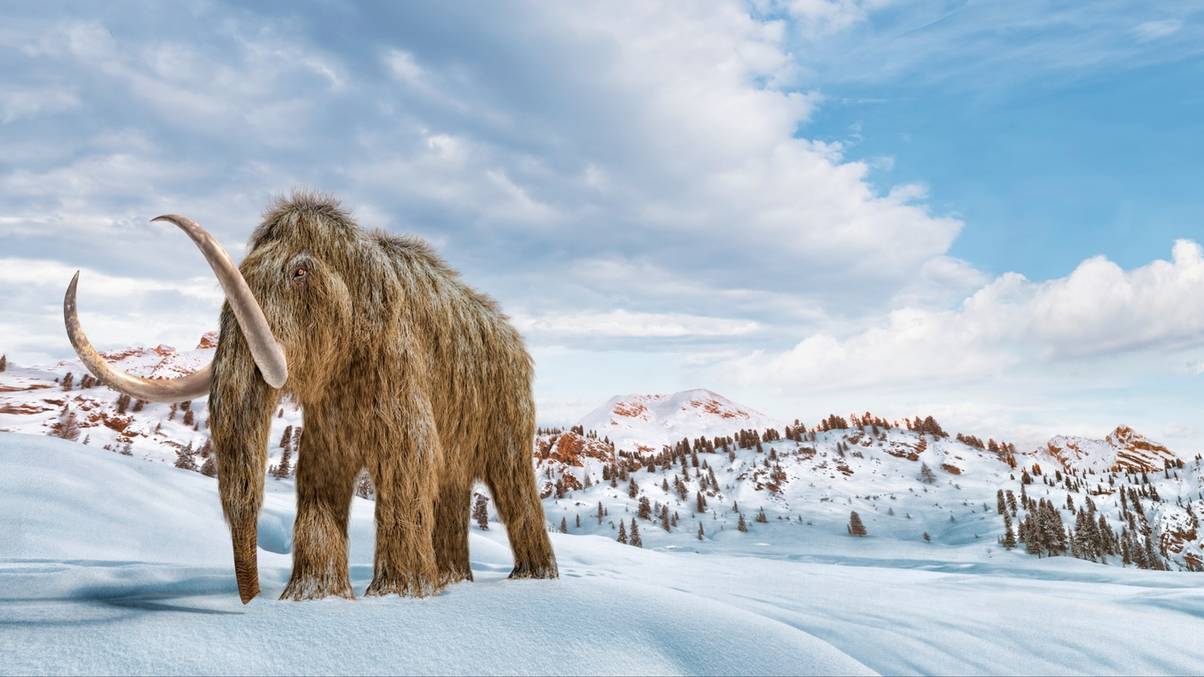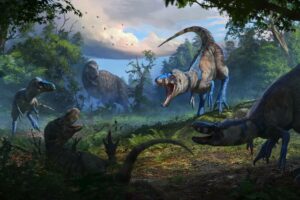Billionaire’s Bold Quest to Revive Woolly Mammoth Sparks Controversy and Wonder
So, imagine this: despite what Jurassic Park drilled into our brains—“don’t mess with nature”—a billionaire is charging full steam ahead to bring back the woolly mammoth from extinction. Yep, you read that right. Ben Lamm, the head honcho of biotech whiz-kids at Colossal, got that spark after chatting with Harvard’s George Church and hasn’t looked back since. He’s not just dreaming; he’s already scored a win by resurrecting three dire wolf pups named Romulus, Remus, and Khaleesi (talk about a pop culture mashup!). But here’s the kicker: could reviving these ancient creatures actually save our ecosystems, or is this just science fiction running wild? Either way, it’s a wild ride between ecology and sci-fi fantasy, and trust me—this story is only getting bigger.
Despite multiple Jurassic Park films warning us that this is rarely a good idea, a billionaire has revealed his plans to bring back the woolly mammoth from extinction.
Ben Lamm, the CEO of biotechnology company Colossal, has been working on the idea of de-extinction ever since he had a conversation with George Church, a biologist at Harvard Medical School.
‘”By the way, I’m working to bring back mammoths and other extinct species to reintroduce them back into the Arctic and regenerate the ecosystem. But I have to go now. Goodbye,’ Lamm told Metro of the call.
“I had just heard the greatest thing ever, and then the call was over. I stayed up all night reading articles and listening to interviews about all these things.”
While most in the science world didn’t think it was possible, the billionaire entrepreneur wasn’t to be deterred, and he and his company successfully created three dire wolf pups earlier this year, naming them Romulus, Remus and Khaleesi, after the two mythological founders of Rome and the title of Daenerys Targaryen in Game of Thrones.

Billionaire Ben Lamm at the Jurassic World premiere, where he presumably pointed out the many scientific holes in the plot (Jamie McCarthy/Getty Images)
Plenty disputed the scientific process, with one expert suggesting that it’s the equivalent of re-building the library of Alexandria using PDF prints of the books, but the wolves came out with a pretty similar genetic structure as previous dire wolves, and were created using modified DNA from their closing living relatives, which many would argue is certainly close enough.
However, the dire wolves weren’t even the first animal to be brought back from extinction. The Pyrenean ibex holds the perhaps unwanted title of being the animal to go extinct twice, as it was brought back to life three years after going extinct in 2000, only for its clone to die just moments after being reborn.
After successfully bringing back the dire wolves, Colossal has plenty of plans for the future, including bringing back the woolly mammoth, the dodo and the thylacine, also known as the Tasmanian tiger.
.webp)
Colossal brought back dire wolves earlier this year (Colossal Biosciences)
As long as they stick to animals that are likely to benefit the ecosystem and not completely ruin society, as dinosaurs probably would, then we can continue to support these groundbreaking scientific breakthroughs.
Lamm also revealed that he’d love to bring back the Moa, an extinct group of flightless birds formerly endemic to New Zealand.
In a previous interview, the 43-year-old suggested that 2028 was a realistic date for the woolly mammoth to return, while he also answered critics who argue that bringing these animals back wouldn’t benefit the ecosystem.
He said: “When a keystone species is removed from the environment, the environment starts to change.
“Re-wilding of the wolves, for example. They got rid of the wolves because of the fear that predators are bad. But apex predators and large herbivores are incredibly important to the ecosystem.
“If you remove a predator, there’s less animals because everything gets out of balance.”

.jpg)

















